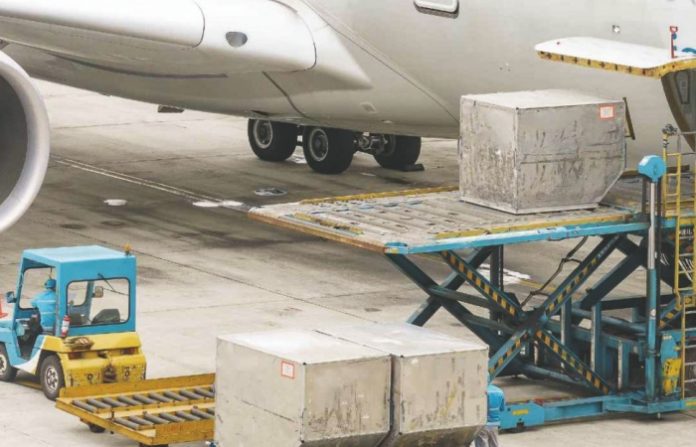International air cargo markets shows industry’s resilience amid uncertain times. Market signals remain mixed. August presented several indicators with upside potential: oil prices stabilized, inflation slowed and there was a slight expansion in goods traded globally, IATA stated.
CT Bureau
The International Air Transport Association (IATA) released August 2022 data for global air cargo markets, which demonstrated the industry’s resilience amid economic uncertainties.
- Global demand, measured in cargo tonne-kilometers (CTKs), fell 8.3 per cent compared to August 2021 (-9.3% for international operations). This was a slight improvement on the year-
on-year decline of 9.7 per cent seen in July. - Capacity was 6.3 per cent above August 2021 (+6.1% for international operations). This is a significant expansion over the 3.6 per cent year-on-year increase in July. Several factors are noted in the operating environment:
o International goods trade expanded slightly in August and the additional easing of COVID restrictions in China will positively impact cargo markets. While maritime will be the main beneficiary, air cargo will also receive a boost from these developments.
- Inflation levels in G7 countries slowed for the first time since November 2020.
- Oil prices stabilized in August and the jet fuel crack spread fell from a peak in June.
- New export orders, a leading indicator of cargo demand and world trade, decreased in leading economies in all regions except the USA.
“Air cargo continues to demonstrate resilience. Cargo volumes, while tracking below the exceptional performance of 2021, have been relatively stable in the face of economic uncertainties and geopolitical conflicts. Market signals remain mixed. August presented several indicators with upside potential: oil prices stabilized, inflation slowed and there was a slight expansion in goods traded globally. But the decrease in new export orders in all markets except the USA shows that developments in the months ahead will need to be watched carefully,” said Willie Walsh, IATA’s Director General.
Aug Performance
- Asia-Pacific airlines saw their air cargo volumes decrease by 8.3 per cent in August 2022 compared to the same month in 2021. This was an improvement over the 9.0 per cent decline in July. Airlines in the region benefited from slightly increased levels of trade and manufacturing activity due to the easing of some COVID curbs in China. Available capacity in the region rose by 13.9 per cent compared to August 2021, a increase over the 2.7 per cent growth in July.
- North American carriers recorded a 3.4 per cent decrease in cargo volumes in August 2022. This was an improvement over 5.7 per cent decline in July. The lifting of curbs in China improved demand and a further boost is likely in the coming months. Capacity was up 5.7 per cent compared to August 2021.
- European carriers saw a 15.1 per cent decrease in cargo volumes in August 2022 compared to the same month in 2021. This was the worst performance of all regions for the fourth month in a row.
This is attributable to the war in Ukraine. Labor shortages and high inflation levels, most notably in Turkey, also affected volumes. Capacity increased 0.4 per cent in August 2022 compared to August 2021.
- Middle Eastern carriers experienced an 11.3 per cent year-on-year decrease in cargo volumes in August. Stagnant cargo volumes to/from Europe impacted the region’s performance. Capacity was down 0.1 per cent compared to August 2021.
Industry-wide CTKs were down 8.3 per cent YoY in August, which is a solid improvement from the July decrease of 9.7 per cent YoY. The decline in seasonally adjusted (SA) air cargo volumes paused in August, with a robust 1 per cent month-on-month (MoM) growth compared with July. This signals the resilience of the air cargo industry under mounting pressures from the recent economic volatility and geopolitical conflicts.
Although China has eased lockdowns, other headwinds persist, including infra and labour supply constraints. In addition, the ongoing Russia-Ukraine war still affects cargo capacity, with a number of important air cargo carriers directly impacted.













